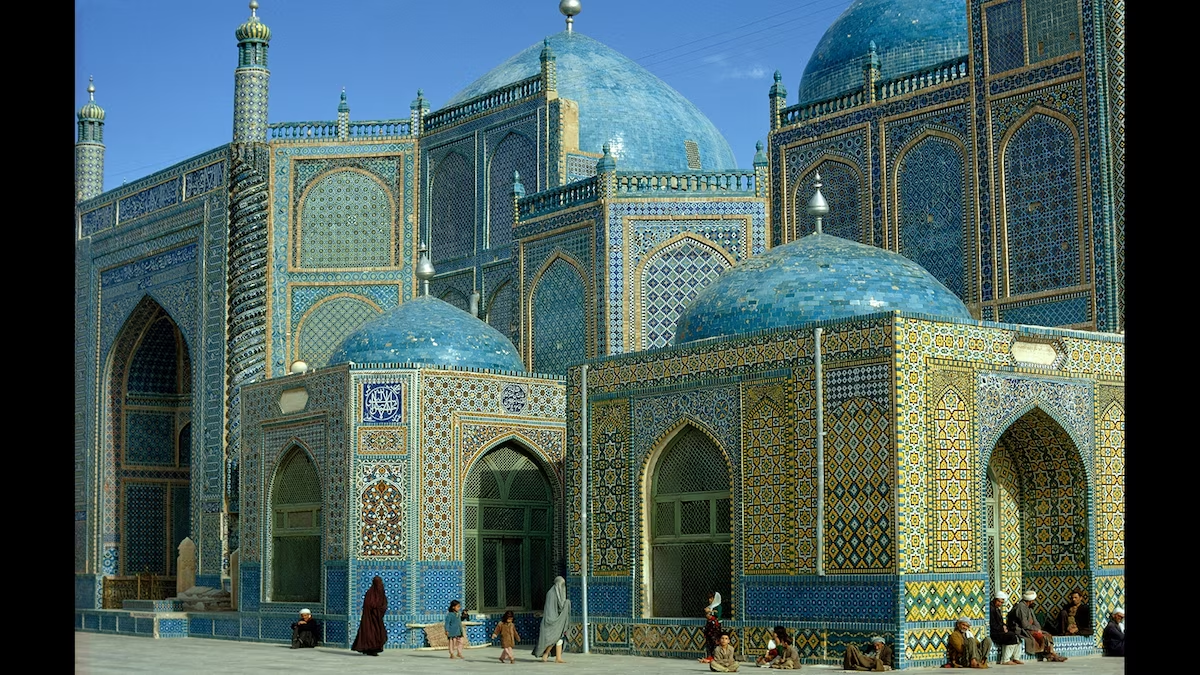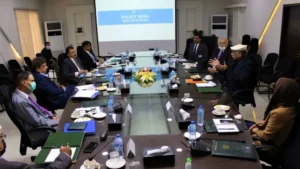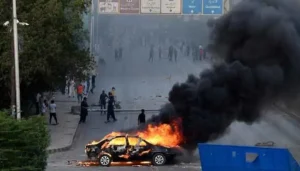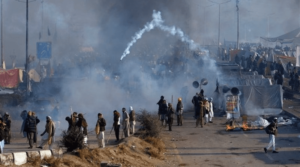Afghan analysis space is filled with certain myths created particularly by Afghan watchers of Afghan and Pakistani origin. Such myths can steer any naïve policymaker into a different and uncharted territory. Some myths were created on purpose mainly by Pashtun academics to lionise Afghans fighting the Soviets, and most recently the US/NATO occupation forces. Some myths were generated by IEA’s military ascendency against the Afghan and foreign forces. Perpetuation of such myths in a different environment served certain policy ends in context, however, persisting with them in a changed environment can result in faulty policy outcomes. From the mythical romanticism of ‘holy warriors’ in wars against the USSR and the US-NATO combine to the pragmatic reality of ‘soldier-ruler’, after the fall of Kabul, the reincarnation is phenomenal. Let’s scan the mythological landscape.
Myth no 1. Afghans are better left alone; Afghanistan being sovereign, hand-off policy suggested. Easier said than done in the real world, when vital interests and massive investments are at stake. In a research paper on Pak-Afghan bilateralism, while pursuing a Master’s degree in IR in 2003-2004 at the NDU Islamabad, the line of argument by this scribe was that “despite short and mid-term animosity, Afghan state and society would be friendlier towards Pakistan in the long-term (2030) because of the inescapable multidirectional interdependence, where Afghan dependence on Pakistan is substantially more than other way round.”
This interdependence creates problems as well as leverages for Pakistan. As half of Pakistan… KPK, Balochistan and the NMDs are co-joined twins with eastern Afghanistan, with situation on either side affecting the other. TTP as a sticking no 1 variable is a case in point. So, in the prevailing milieu, how can Pakistan remain indifferent to the situation in Kabul…geostrategically, politically, in the security realms and economically? It should not!
Myth No 2. Afghans can resolve their differences by themselves. It is basically an extension of myth no 1. If this was the case, why would there be a need for Geneva Accords, Mecca Accord and Doha Agreement (and Doha Process 1,2 and recently 3), facilitated, participated, adopted and implemented by foreign stake holders and Afghans? Yes, sociologically the Afghan Conflict Resolution Mechanism (CRM) in the form of jirga at various levels is robust enough to iron out intractable problems, but only when there is no outside interference and support. CRM becomes foreign-dependent and, therefore, ineffectual when internal players are beholden to foreign interests, as has been the case in recent Afghan history.
Myth No 3. IEA is not amenable to force. IEA leadership is pragmatic, savvy and wise, knowing when to withdraw, or claim an alibi when their rhetoric runs counter to reality. Their recent denial of TTP safe havens on Afghan soil and pronouncements that TTP is a Pakistani issue, with IEA nothing to do with it, is a disclaimer and retreat behind rhetoric in the face of intractable and undeniable facts.
Afghan yield to pressure when pressure is formidable. Their retreat from Pakistani territory during Bajaur Operation in 1960-62, when PAF punishingly bombed the Royal Afghan Army, is a case in point. Succumbing to Soviet pressure, Afghanistan would have been a Soviet Socialist Republic, had it not been for Pakistan’s lead role during the Jihad (1979-1989).
Deployment of right leverages at right time will always result in change of course by Afghans…overtime, even if the present-day obstinacy makes such shift improbable and less visible. Afghan/Pashtun strategic patience involves opponents in an excruciating contest of grit and will, where holding the nerve is the calling and winning strategy. And to do so, knowing Afghan/Pashtun sociology and psychology helps…difficult indeed.
Myth No 4. IEA is militarily ten-foot tall and may embroil Pakistan in a war of unbearable attrition. Learning wrong lessons by Taliban rank and file from IEA’s previous military campaigns is never helpful. As mentioned, had it not been for Pakistan’s steadfast support in laying a weapons, ammunition, equipment and manpower conduit from Pakistan to the Seven-Party Alliance fighting the USSR; had it not been for Pakistan’s technical and continuous military support and advice; had it not been for Pakistan taking around five million uprooted Afghan on its soil purely on humanitarian grounds, and under Islamic, Pashtun and neighbourly amity, without being a signatory to the 1951 Geneva Convention on Refugees and its 1967 Protocol; and had it not been for the indispensable logistic support to Afghan mujahideen leaders, fighters and families in Pakistani hospitals, schools and work places…Afghanistan would have been a Soviet Republic.
Likewise, if it was not for Pakistan’s ostensible ‘double game’ with the 50-nation alliance next door; and for safe havens in Pakistan’s erstwhile FATA; and Taliban leadership’s comfortable homes across Pakistani cities, the IEA leadership would still be battling the US/NATO in Afghan mountains, instead of enjoying peace and ruling Kabul. Doha parleys were unthinkable without ISI/PAKMIL interlocution. You just need to read Zalmay Khalilzad.
Yes, IEA rank and file seem to have taken wrong military lessons vis-à-vis Pakistan from both wars, against the Soviet Union, and the US-NATO combine lately. Pakistan — unlike Russians, Americans and Europeans — knows Afghan human geography well. Under ‘hypothetic’ scenario of bilateral hostilities, PAKMIL would never be interested in territorial acquisitions and dominance, it would enjoy a ‘just cause’ (like the IEA in the cited conflicts), have short supply lines and greater operational synergy, and the advantage of ‘interior lines’. So, the adventurous IEA rank and file, IF ANY, gunning for border fights, beware! IEA’s saner leadership knows this and their comparative national power potential.
If there is one lesson from the Soviet pullout and the US/NATO leaving Afghanistan recently in the end, it is the indispensability of Pakistani sanctuaries and safe havens. Without these, the bravest of the brave would be biting the dust.
Myth No 5. Afghanistan provides ‘strategic depth’ to Pakistan. Nothing could be further from reality than this imaginary iteration by some military thinkers, inadequately schooled in the art of strategy. It is in fact Pakistan that provides strategic depth to Afghanistan. Without this ‘depth’, Soviet troops would still be in Afghanistan, and mujahideen in mountains or in exile. Yes, IEA ascent to power, ‘engineered and assisted’ did provide Pakistan with ‘Strategic Dividend’ against a ‘two-front war’ scenario (India plus Afghanistan), that by itself is a wrong strategic notion forwarded by some Pakistani military planners, too fearful of the ‘Pashtunistan Bogey’, and not knowing the Pashtun sentiment.
Inam ul Haq is a seasoned researcher and policy analyst with a keen focus on addressing national and international issues impacting South Asia, particularly Pakistan




